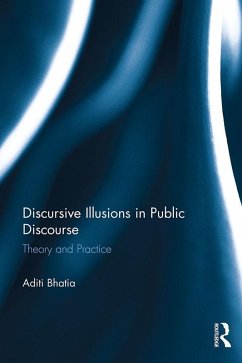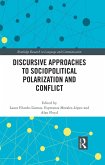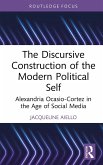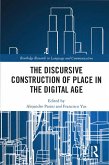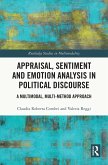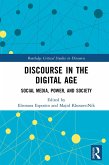This book presents a unique perspective into the investigation and analysis of public discourses, such as those of the environment, politics, and social media, springing from issues of key relevance to contemporary society, including the War on Terror, the 'Arab Spring', and the climate-change debate. Employing a qualitative approach, and drawing on data which comprises both written and spoken discourses, including policy documents, political speeches, press conferences, blog entries, informational leaflets, and corporate reports, the book puts forward a unique theoretical framework, that of the Discourse of Illusion. The research draws on discourse analysis, in order to develop and implement a multi-perspective framework that allows a closer look at the intentions of the producer/actor of various discourses, power struggles within social domains, in addition to the socio-political and historical contexts which influence the individual repositories of experience that create multiple, often contesting, arguments on controversial issues, consequently giving rise to discursive illusions.
Discursive Illusions in Public Discourse: Theory and practice intensively explores the discourse of illusion within multifarious dimensions of contemporary public discourses, such as:
- Political Voices in Terrorism
- Activist Voices in New Media
- Corporate Voices in Climate Change
This book will particularly appeal to researchers working within the field of discourse analysis, and more generally for students of postgraduate research and specialists in the field of language, linguistics, and media. The book can also be used as a guide for non-specialists in better understanding the complexities of public discourses, and how they shape society's perceptions of some key social and political issues.
Dieser Download kann aus rechtlichen Gründen nur mit Rechnungsadresse in A, B, BG, CY, CZ, D, DK, EW, E, FIN, F, GR, HR, H, IRL, I, LT, L, LR, M, NL, PL, P, R, S, SLO, SK ausgeliefert werden.

